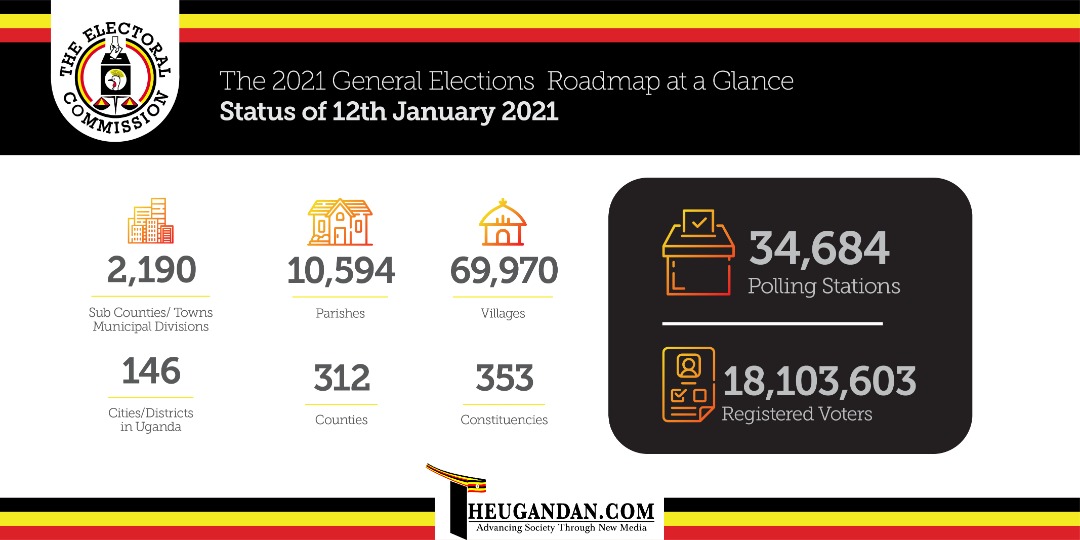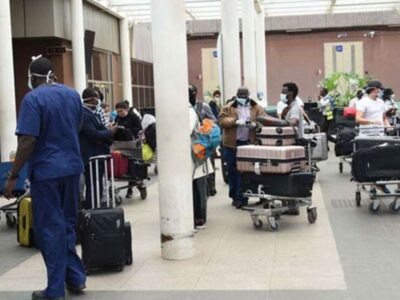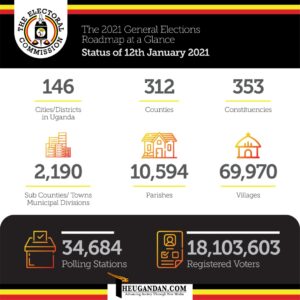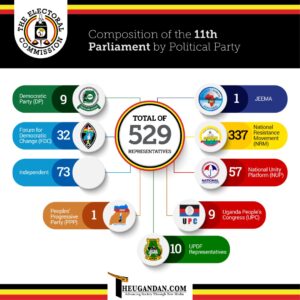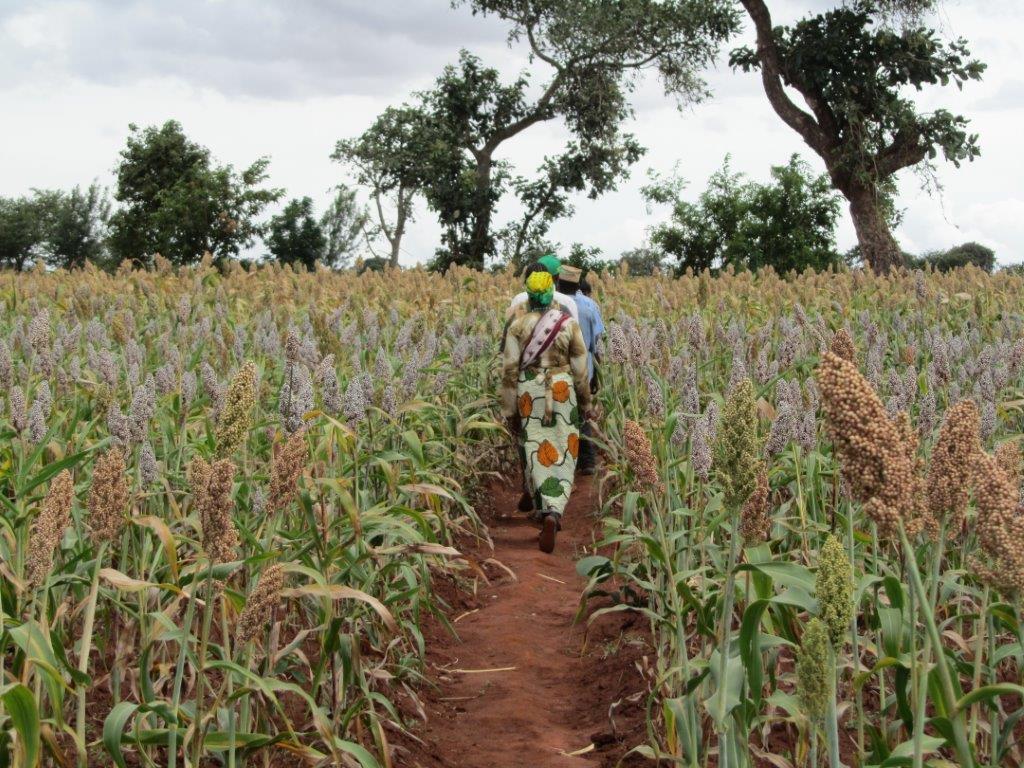
Despite the rains, there is no hope for projected harvests
For most farmers, rains are a welcome phenomenon but unpredictable rains that go on unexpectedly hinder the plans of farmers and eventually crush the hopes of food security.
This explains why there is looming hunger in Moroto district despite the heavy rains that started pouring in the region in February. A number of farmers haven’t realized any harvest especially of sorghum, the staple food for Karamoja.
In Rupa Sub County, one of the most affected areas, a handful of gardens are seen with sorghum that is reaching maturity stage. Maize plants have withered just after weeks of heat. Only sunflower is seen thriving in gardens.
Moses Lodit, a farmer at Kidepo in Rupa Sub County, says while most of his effort was put in planting new crop varieties supplied by Operation Wealth Creation, OWC, he realized that the old crop varieties especially sorghum was better.
“I opened up three gardens for sorghum and maize. My interest was on new crop varieties that were given by government because we are told that they are fast maturing and resistant to drought and diseases. But to my surprise, only a small piece of sorghum [sekedo] is promising. I don’t understand what could have happened,” he said.
Mark Loli, the Moroto District Agricultural Officer, says little has been achieved from the rains that the district received. He notes that most farmers planted late and water logging affected many gardens.
Loli observed that only farmers from Tapac, Katikekile and Nadunget sub counties have a promising harvest for maize that was planted early when water swept away the fall army warm that ravaged the first maize plants.
Clementina Lochoro, the Rupa sub county woman LC V councilor, says they have only been saved by the low food prices especially maize following the good harvest from other regions.
Currently, a kilogram of maize grain costs Shillings 500 in Moroto and maize flour ranges from Shillings 1500-2000. According to Maria Nakiru, a resident of Moroto town, the prices have favored them.
“Around this time last year we were buying maize at Shillings 1500 and maize flour could go up to Shillings 3000. We are happy that other regions are able to supply food here,” he said.
The food situation in Karamoja differs with the altitude. The lower areas of Nakapiripirit, Napak, Abim and parts of Kotido and Kaabong, which form the Karamoja green belt, may realize some harvest.
However, majority of the farmers were hit by sorghum midge that ravaged gardens around May this year.
